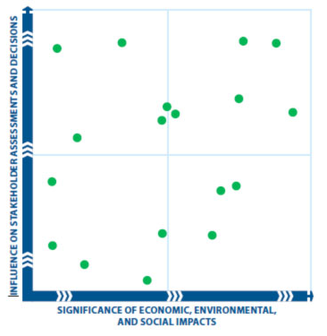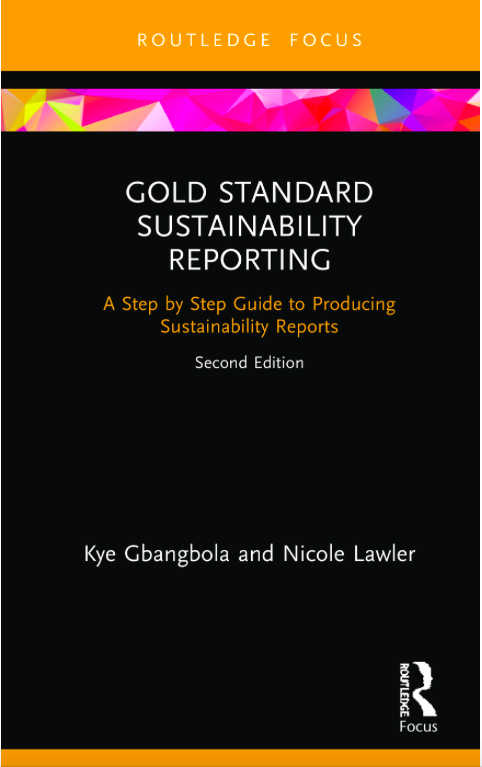| The Prime Minister told MPs that there were more "abnormal" weather events occurring and he "suspected" they were linked to global temperature changes. The UK Government has insisted it is spending more on flood defence than its predecessor but critics say budget cuts in recent years have affected planning, maintenance and the capacity to respond to incidents. Dan Williams, a Met Office spokesman, said: "No attribution study has been done, so you can't make a definitive statement about how more or less likely the recent flooding has become because of climate change." |
"So if you are talking about extreme weather globally there has been some observed increase in some types of extreme weather and there is some evidence, depending on which types of extreme weather you are talking about, of a link between man-made climate change and some types of extreme weather," he said.
Williams said that this research was supported by attribution studies which looked at specific weather-related events, such as Hurricane Sandy, which devastated the Caribbean and North America, or a drought in East Africa.
Focus on material issues
ma·te·ri·al adj. Being both relevant and consequential; crucial:
The new Global Reporting Initiative (GRI) G4 guidelines focus on materiality as a critical element of true, transparent sustainability reporting. “What” is material…and “why”…and “how” will this affect your company’s sustainability reporting, strategy, and results? Sounds simple!
Businesses face growing threats from extreme weather and climate change: damage to facilities, loss of water or power supplies, higher costs, and disruption of supply and distribution chains. Recent trends in climate risk disclosure seem to support the view that climate risks don’t belong in sustainability reports: the Center for Energy and Environmental Solutions (C2ES) recently released a comprehensive report on Weathering the Storm: Building Business Resilience to Climate Change. They compared S&P 100 companies’ responses to Carbon Disclosure Project questionnaires to their sustainability reports, and found that 85 out of 100 responded to a CDP questionnaire saying that they had been adversely affected by climate change. However, 35 of these also mentioned those impacts in their sustainability reports. Did 50 out of the 100 S&P companies decide that climate risk was not material?
There is much written about materiality, burdensome reporting and the need to reduce reporting complexities. I recently had the privilege of reading the draft of a Colleagues book on sustainability reporting where there is the following quote: "Materiality is like packing a backpack for a hike: you can only bring the supplies that are absolutely critical, otherwise the weight will slow you down and eventually bring you to your knees.”
This emphasises why we prioritise and focus on the most material topics as a company journeys to sustainability.
Then there are the many definitions of materiality as it relates to sustainability, including the GRI definition published in the G4 guidelines: “Material Aspects are those that reflect the organization’s significant economic, environmental and social impacts; or that substantively influence the assessments and decisions of stakeholders.”
G4, extends organisational accountability beyond its direct material impacts to its indirect material impacts. These internal and external factors should be considered when evaluating the importance of information for reflecting significant economic, environmental and social impacts, or stakeholder decision making. A range of established methodologies may be used to assess the significance of impacts. In general, ‘significant impacts’ refer to those that are a subject of established concern for expert communities, or that have been identified using established tools such as impact assessment methodologies or life cycle assessments. Impacts that are considered important enough to require active management or engagement by the organisation are likely to be considered to be significant.
| G4 contains essentially the same Materiality matrix (right) as in G3, with “Influence on Stakeholder Assessments and Decisions” on the vertical axis and “Significance of Economic, Environmental, and Social Impacts” on the horizontal axis. How to assess climate exposure? The hard work that remains for the vast majority of businesses, S&P 100 and beyond, is to adequately assess, quantify, and manage climate risks. Pulling together the adequate data, scientific literature, and cross-referencing it with a company’s current operations and long-term strategy to identify the most salient issues can be a daunting work – but for many companies there will be a silver lining in the form of new business opportunities, reduced operational costs or increased resiliency to risks across the board. |

















 RSS Feed
RSS Feed
